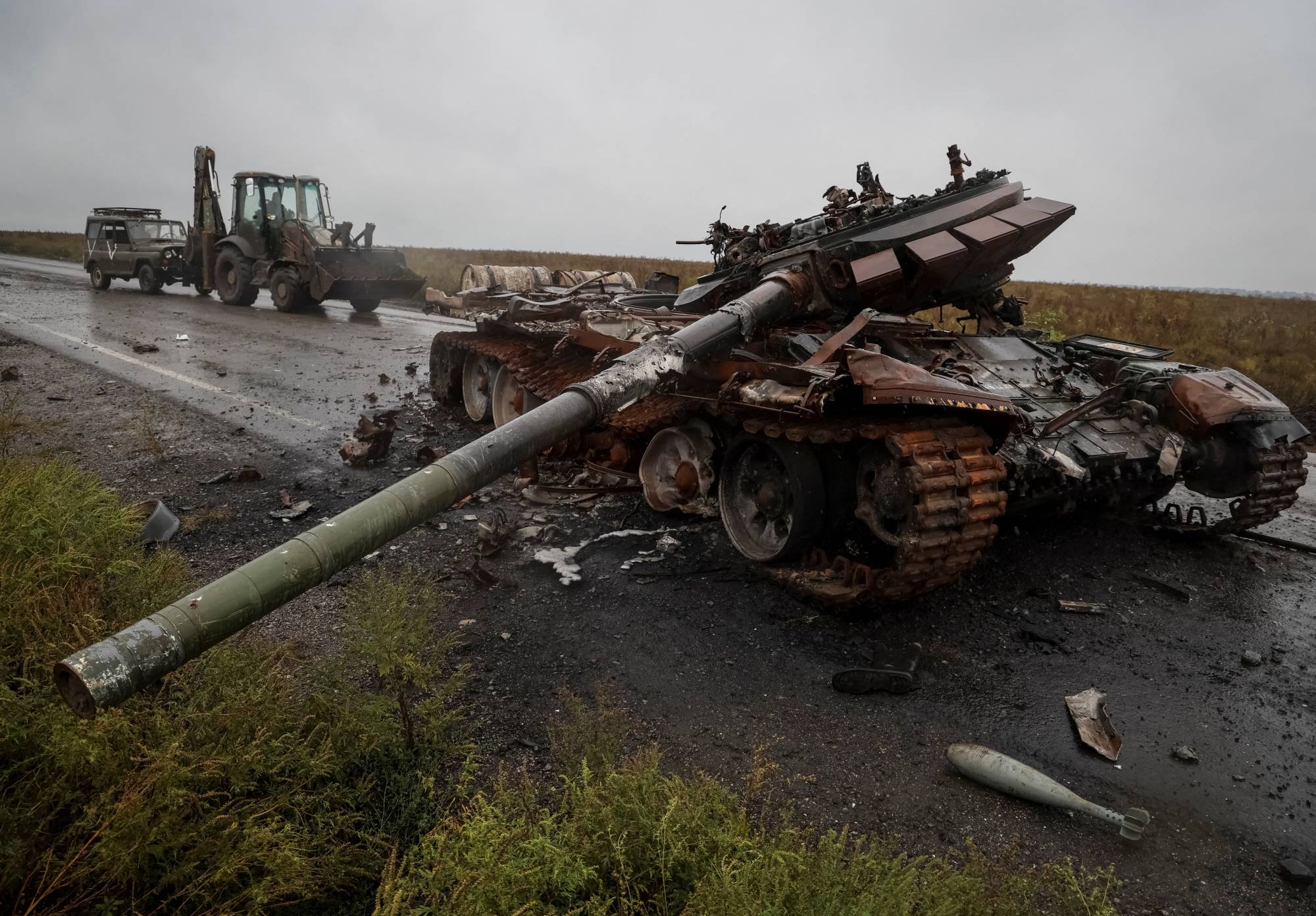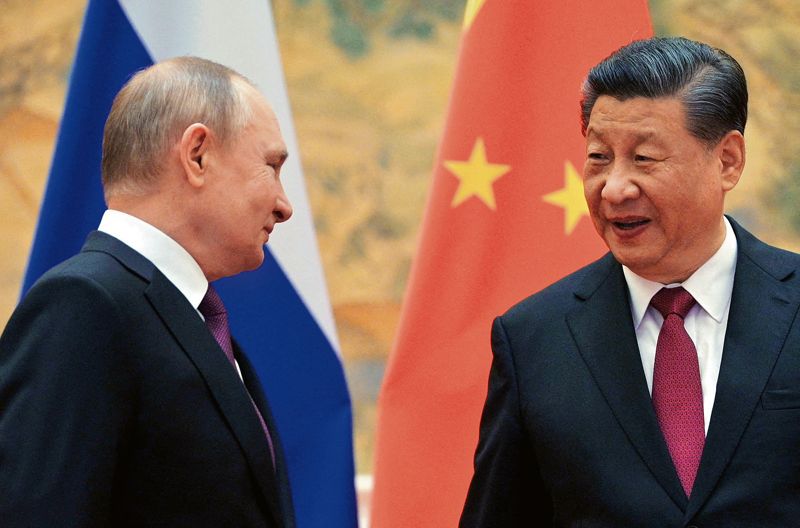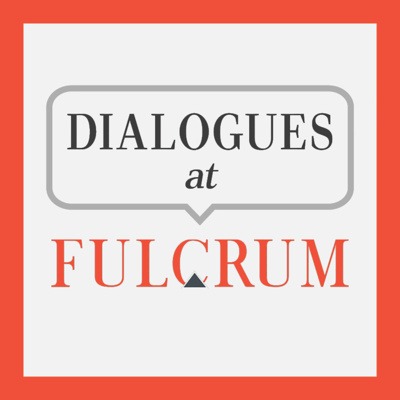What Are the Possible Endgames in Ukraine War?
THE JAPAN TIMES
APLN member Ramesh Thakur argues that prudent nations would do well to prepare for peace even in the midst of an armed conflict. Read the original article here.
As we approach the first anniversary of Russia’s invasion later this month, the Ukraine war remains the world’s dominant geopolitical conflict.
The big-picture structural issue is the post-Cold War order in Europe and the place of a shrunken and much-diminished Russia in the European security order and architecture. History did not end with the defeat of the Soviet Union in the Cold War. Nor was the power status of post-Soviet Russia settled. The immediate conflict parties are Russia and Ukraine.
Yet, in a very real sense, Ukraine’s territory is the battleground for a proxy war between Russia and the West that reflects the unsettled questions since the end of the Cold War. In his influential book, “The Anarchical Society” (1977), Oxford professor Hedley Bull argued that war is the arbiter of the creation, survival and elimination of actors in the system, especially the major powers; of the ebb and flow of political frontiers; and of the rise and decline of regimes. This is the real stake.
The precise course and battlefield ebbs and flows of the war are impossible to work out for independent observers. As always, all conflict parties are deeply involved in propaganda, highlighting their own successes while exaggerating enemy casualties and atrocities.
It seems reasonably safe to infer that Moscow badly miscalculated its initial ability to shock and intimidate Kyiv into submission with a surprise blitzkrieg, and the war has entered a grinding attrition phase. Retired British Lt. Gen. Jonathon Riley notes that Russia committed under 10% of its available combat troops to Ukraine, indicating firstly, that its war aims were always limited and secondly that it retains the ability to regroup and go on the offensive against selected targets. John Mearsheimer argues that had Putin’s goal been to invade, conquer, occupy and incorporate all of Ukraine into a greater Russia, the initial force would have had to be closer to 1.5 million than 190,000.
Putin’s political aim might also be to break Europe’s political resolve and fracture the North Atlantic community’s cohesion and unity. If so, thus far at least the opposite has happened. And the asymmetrical equation remains. As the undoubted aggressor with pretensions to great power status, Russia will lose by not winning while Ukraine as the weaker object of aggression will win by not losing.
With inflamed nationalism on both sides — fueled in Ukraine by naked Russian aggression and in Russia by the conviction that the West’s real goal is not to protect Ukraine but to destroy Russia as a functioning country — a slow and gradual escalation is the more likely short- and medium-term trajectory.
This could take the form of intensified Russian attacks on critical Ukrainian infrastructure, increased NATO military resupply of depleted Ukrainian arsenals and strikes by Ukraine ever deeper into Russia proper. In turn this escalates the probability of the conflict parties becoming trapped in a game of nuclear Russian roulette.
The U.S. has managed to bleed Russia heavily by arming Ukraine without putting its land, sea or air troops into battle. But how amenable is Kyiv to U.S. pressure to compromise? Putin has exposed the hollowness of Russia’s image as a formidable military power. The war has highlighted flaws and shortcomings in Russian arms, technological sophistication, doctrine, training, logistics and integration of land, air and sea capabilities; that is, in its combat worthiness on the battlefield.
But NATO military stocks have also been seriously depleted and the weaponization of trade, finance and energy has, on balance so far, proven costlier to Western peoples than to Russians. Every economic transaction has a buyer as well as a seller and criminalizing the transaction for political reasons inflicts pain on buyers as well, including innocent third parties outside the conflict parties. This is why Western sanctions on Russia in effect pitted the West just as much against the rest — an unintended but predictable outcome.
Counteracting persistent Western criticisms that India had somehow compromised on moral principles in sourcing oil imports from Russia, India’s petroleum minister (and former permanent representative to the United Nations), Hardeep Singh Puri, pointed out in a CNN interview on Oct. 31 that Europe’s purchase of Russian energy in one afternoon equated to India’s energy imports from Russia in three months. Moreover, he insisted that India’s primary moral duty is to its own consumers. That is, where for high-income populations in the West rising energy prices impose an inconvenience, amid widespread poverty in India they can have life and death consequences.
All that said, the risk is if the West pursues outright defeat and humiliation of Russia, Putin might yet resort to the use of nuclear weapons that will end in catastrophe for everyone. All sides have been extremely careful thus far to avoid any direct Russia–NATO clash. But will NATO be seduced by the temptation of regime change in Moscow, or by Ukraine’s call for this, into rejecting opportunities for an end to the conflict before costs begin to exceed gains?
Even short of that, it is hard to see Russia giving up Crimea: it is too important from a purely strategic point of view. For the present, though, both the timing of when to commence serious negotiations as well as the terms of a settlement that is minimally acceptable to all the main conflict parties will depend on the course of the war. Typically, negotiated ceasefires and peace agreements are preceded by intensified fighting as all sides seek to create facts on the ground to strengthen their bargaining positions when talks begin around the conference table.
Just as prudent nations under wise leaders prepare for war while at peace, so too they must prepare for peace even in the midst of armed conflict. Battles won and lost — hard military facts on the ground — will determine the cartographic maps that delineate Russia and Ukraine’s new borders, perhaps with some tweaking in post-ceasefire negotiations to take into account demographics and other factors. That will still leave open other big questions to be addressed: the nature and political orientation of the regime in Kyiv; the status of Crimea; the place of ethnic Russians in eastern Ukraine; Ukraine’s relations with Russia, NATO and the EU; the identity of guarantors and nature of guarantees, if any, for Ukraine; and the timing of an exit from sanctions for Russia.
Image: A destroyed Russian tank near the village of Dolyna in Ukrainian’s Kharkiv region in September | REUTERS




